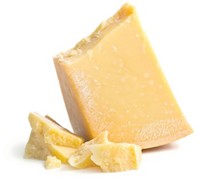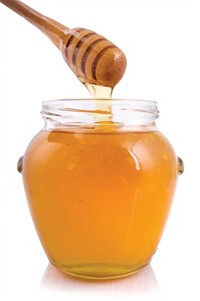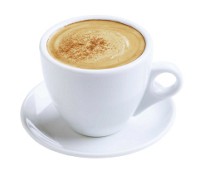Advertisement
Grab your lab coat. Let's get started
Welcome!
Welcome!
Create an account below to get 6 C&EN articles per month, receive newsletters and more - all free.
It seems this is your first time logging in online. Please enter the following information to continue.
As an ACS member you automatically get access to this site. All we need is few more details to create your reading experience.
Not you? Sign in with a different account.
Not you? Sign in with a different account.
ERROR 1
ERROR 1
ERROR 2
ERROR 2
ERROR 2
ERROR 2
ERROR 2
Password and Confirm password must match.
If you have an ACS member number, please enter it here so we can link this account to your membership. (optional)
ERROR 2
ACS values your privacy. By submitting your information, you are gaining access to C&EN and subscribing to our weekly newsletter. We use the information you provide to make your reading experience better, and we will never sell your data to third party members.
Food Science
Free, automated NMR tool analyzes wine compounds
But manufacturers may not have incentive to switch
by Celia Arnaud, special to C&EN
August 2, 2024

A new, free software platform for automating nuclear magnetic resonance analysis of wine, developed by David S. Wishart and coworkers at the University of Alberta, could increase the number of components that can be identified and extend the analysis to instruments other than the commercially available system from Bruker, called FoodScreener.
“The issue with Bruker’s FoodScreener is it’s designed for its 400 MHz instrument—you have to buy the instrument to be able to do the analysis,” Wishart says. “The idea was to develop some software that could work on other platforms where you didn’t have to buy an instrument, and where, because you could go to higher fields, you could actually measure quite a few more compounds.”
Wishart and coworkers adapted a program, MagMet (magnetic resonance for metabolomics), that they had developed for automated metabolomic analysis of human serum. They call the new version MagMet-W; its reference library includes spectra for 70 compounds commonly found in wine, including alcohols, sugars, amino acids, organic acids, esters, and known adulterants (ACS Food Sci. Technol. 2024, DOI: 10.1021/acsfoodscitech.4c00298). The current version of FoodScreener identifies fewer than 50 compounds in wine.
Just as the Bruker system is limited to 400 MHz instruments, MagMet-W is currently limited to analyzing spectra obtained using 700 MHz NMRs. The higher field strength is the primary reason that MagMet-W can identify and quantify more wine compounds than FoodScreener can, but the researchers are working to make the system compatible with other magnetic field strengths.
“The Bruker FoodScreener has set the standard for analysis of wine and a variety of other food products for some time now,” the University of Canterbury’s Daniel Holland, who has studied the analysis of wine by NMR, writes in an email.
“This software appears to perform similar analysis to the commercial software, and yet is made available as a free to use tool. That represents a significant improvement in accessibility and should enable much simpler analysis of what is a very complex product.” Holland notes that NMRs are expensive and that wineries themselves are unlikely to invest in the technology. Instead, they rely on contract laboratories, many of which already have access to the FoodScreener technology. “It is unclear whether MagMet would offer a significant advantage for these cases,” he writes.
Wishart and colleagues analyzed four wines representing different varietals and winemaking regions. They found all 70 compounds in the reference library in the wines but at different concentrations in the various wines. The researchers also saw unexpected compounds that they couldn’t identify.
“This gives you a list of chemicals, but that’s when the fun begins,” Wishart says. “What does it really mean? How does it affect taste and aroma, and how does it affect our perceptions of wine? How does it allow us to figure out location or provenance or appellation? Those are the things that we let other people do.”
MagMet-W is available for researchers to try at www.magmet.ca.





Join the conversation
Contact the reporter
Submit a Letter to the Editor for publication
Engage with us on Twitter